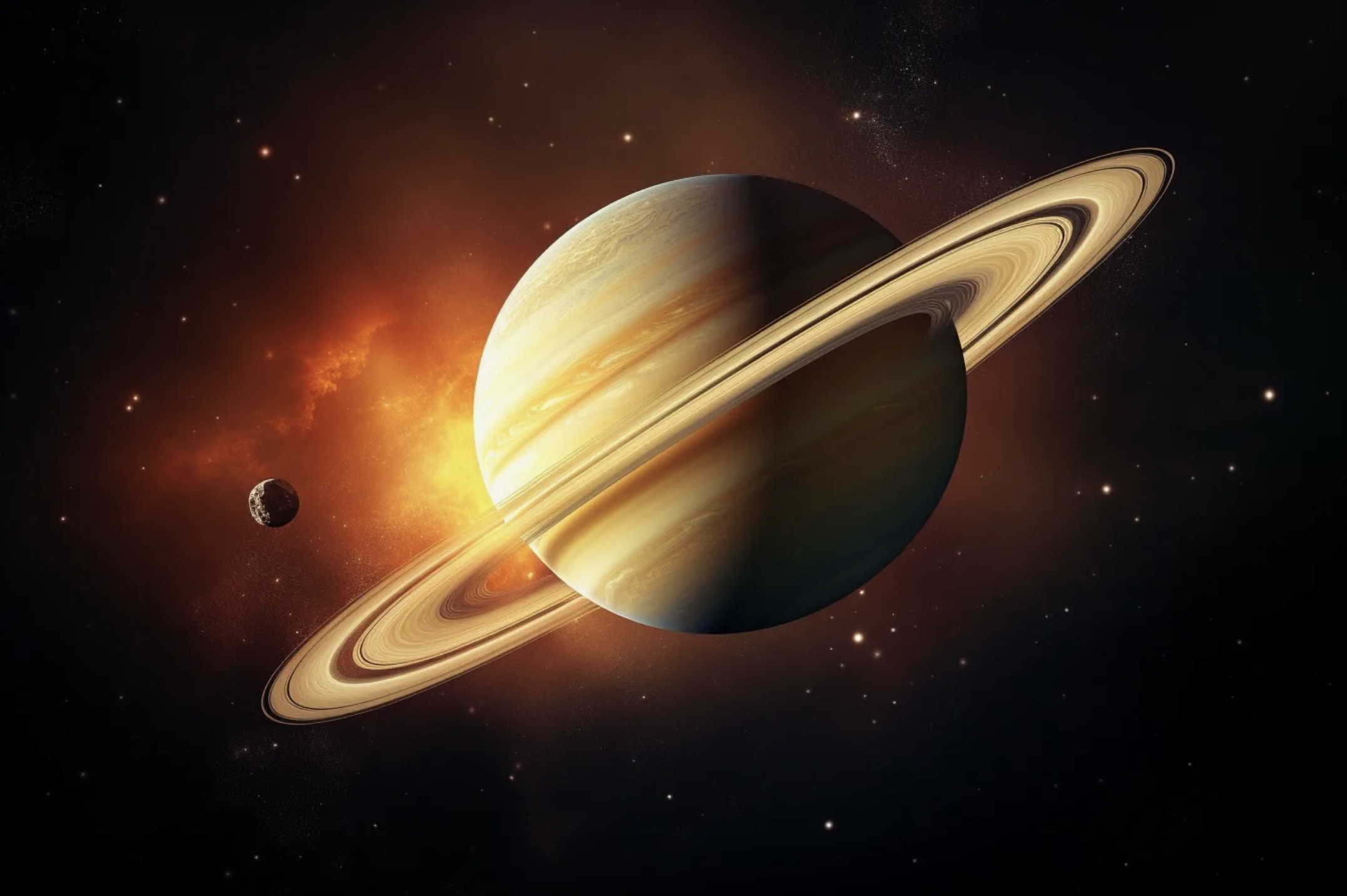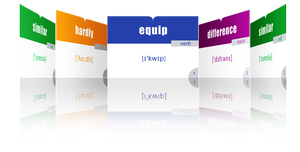SCIENCE-SATURN
- Подробности
- 387
Saturn is the sixth planet from the Sun, a gas giant of hydrogen and helium. It’s famous for its bright rings. One day is about 10 hours 40 minutes, and one year is about 29 and a half years. It has many moons, especially Titan (thick air, methane lakes) and Enceladus (water-ice geysers).
SATURN

Saturn is the sixth planet from the Sun and the second biggest in the Solar System. It is a gas giant made mostly of hydrogen and helium. Its mean radius is about 58,232 km, and its mass is about 95 Earths. Its average density is about 0.69 g/cm³—less than water.
Saturn is about 9.58 AU from the Sun (about 1.43 billion km). It takes about 29.46 Earth years to go around the Sun once. It spins quickly, so one day on Saturn is about 10 h 33 m to 10 h 45 m depending on latitude. The temperature at the tops of the clouds is about 95 K (about −178 °C).
Saturn’s rings are very wide but very thin. They can stretch for hundreds of thousands of kilometers, but many parts are only tens of meters thick. The main rings are A, B, and C (with the Cassini Division between them). There are also fainter D, E, F, and G rings. The rings are made of countless bits of ice and dust, from tiny grains to chunks the size of a house.
Saturn’s atmosphere has pale bands and strong jet streams. At the north pole there is a famous six-sided pattern called the hexagon. Below the clouds, the pressure turns molecular hydrogen into metallic hydrogen, likely over a small, heavy core. Saturn has a global magnetic field and a large magnetosphere (weaker than Jupiter’s).
Saturn has dozens of moons. Titan is bigger than Mercury and has a thick nitrogen atmosphere with methane lakes. Enceladus is an icy moon that shoots water-rich plumes and has a subsurface ocean.
LISTEN TO THE TEXT





 Как правильно изучать английский язык по карточкам (статьи)
Как правильно изучать английский язык по карточкам (статьи)